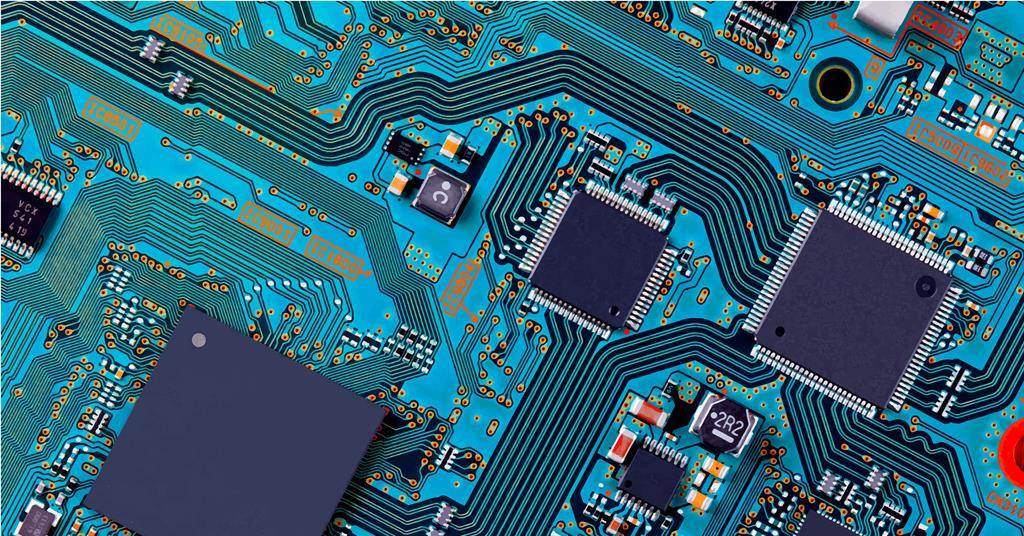Semiconductors have revolutionized modern technology in profound ways, providing the foundation for a wide range of electronic devices that we rely on every day. From smartphones and computers to medical devices and renewable energy sources, semiconductors have transformed virtually every aspect of our lives. This revolution began with the development of the first transistor in 1947 by William Shockley, Walter Brattain, and John Bardeen at Bell Labs. Since then, advances in semiconductor technology have continued at breakneck speed, leading to smaller, more efficient devices with increasingly complex functionality. Semiconductors have played a pivotal role in revolutionizing modern technology, and companies like ESI Technologies have been at the forefront of harnessing the potential of semiconductors to drive innovation and deliver cutting-edge solutions. Visit here esi-technologies.com to know more. In this article, we will explore the fascinating history of semiconductors, as well as their modern applications and future developments.
Table of Contents
History Of Semiconductors
Semiconductors have played an incredibly important role in revolutionizing modern technology. From smartphones to laptops and even spacecraft, semiconductors are at the heart of many of the devices we rely on every day. But where did this transformative technology come from?
The story of semiconductors begins in 1833, when Michael Faraday discovered that some materials are more conductive than others. In the following years, scientists continued to study the properties of different materials and their ability to conduct electricity.
It wasn’t until the early 1900s, with the development of quantum mechanics, that scientists began to understand the unique characteristics of semiconducting materials. In 1906, American physicist Edwin Hall discovered the “Hall effect,” which explains how magnetic fields affect electrical currents in semiconductors.
In 1947, William Shockley, John Bardeen, and Walter Brattain at Bell Laboratories made a breakthrough discovery that would change the course of history. They invented the first transistor – a small device made of semiconducting material that could control the flow of electrical current.
This invention sparked a technological revolution that led to smaller and more powerful electronic devices. By the late 1950s, transistors were being mass-produced for use in radios and television sets.
But it wasn’t until the invention of integrated circuits by Jack Kilby at Texas Instruments in 1958 that electronics truly began to shrink in size while simultaneously becoming more powerful. Semiconductors became increasingly important as computing power increased exponentially over time.
Today, silicon remains one of the most commonly used materials for semiconductors due to its abundance on Earth and its properties as a semiconductor material. The tiny yet incredibly powerful semiconductors used within various electronic products we use today all started with hard-working researchers decades ago.
Semiconductor technology has revolutionized countless industries; shaping education systems, healthcare organizations, and defense shielding components and revolutionizing our very way of living.
Applications Of Semiconductors In Modern Technology
Semiconductors have numerous applications in modern technology, making them one of the most important inventions of the 20th century. They are used in devices such as computers, smartphones, televisions, and medical equipment. Thanks to their unique properties, semiconductors can be used to control electric currents and create transistors that amplify and switch electronic signals. This capability allows them to store data, process information at high speeds, and even power spacecraft. In fact, semiconductors have become so essential to modern life that it’s hard to imagine a world without them. From complex microprocessors to simple LEDs, semiconductors continue to drive innovation and shape the future of technology.
Future Developments In The Field Of Semiconductors
The future of semiconductors is promising with many cutting-edge technologies being developed to provide better and more efficient devices. The field of semiconductors is constantly evolving, driven by the need for more advanced and efficient electronic devices. As technology continues to progress, several future developments are expected in the field of semiconductors, including the integration of VMEbus technology. One such technology is carbon nanotubes which have better conductivity than silicon and can be used in making transistors. Graphene, a material known for its high strength and flexibility, has also shown potential in creating new types of semiconductor devices. Another promising development is the use of quantum dots which can be used to make highly efficient solar cells and ultra-fast computing devices. With these developments, we are likely to see even more powerful and advanced electronic devices in the years to come.
Conclusion
In conclusion, semiconductors have played a vital role in revolutionizing modern technology. From their humble beginnings as simple transistor devices, semiconductors have evolved to become one of the most integral components of electronic gadgets and equipment that we use daily. Semiconductors are responsible for powering our smartphones, tablets, laptops, and even spacecraft. With revolutionary advancements in semiconductor technology, there is no telling what the future holds as scientists and engineers continue to push the boundaries of what is possible in this field. As we look to the future, it’s clear that semiconductors will continue to shape the way we live and work in ways that were once unimaginable.

Be First to Comment